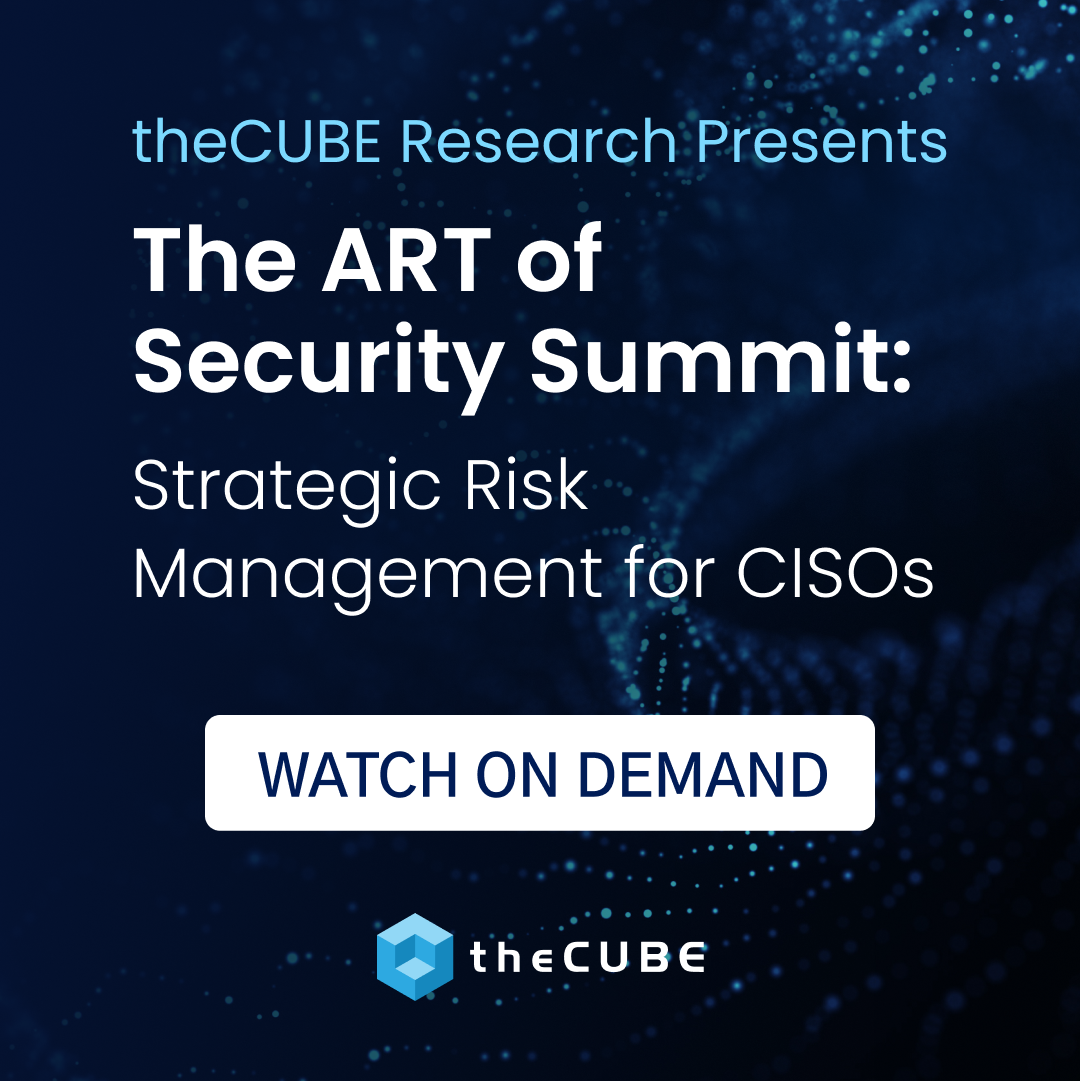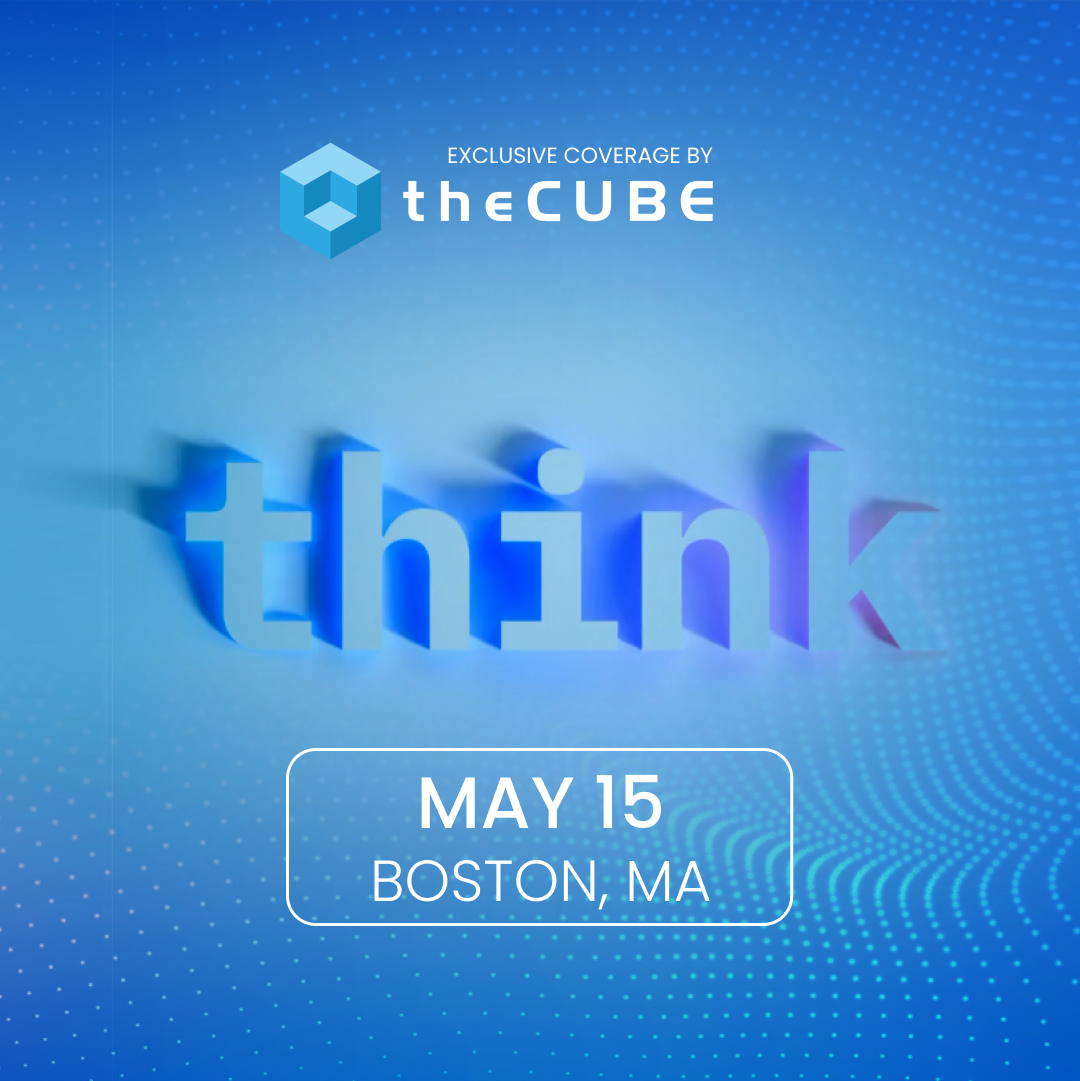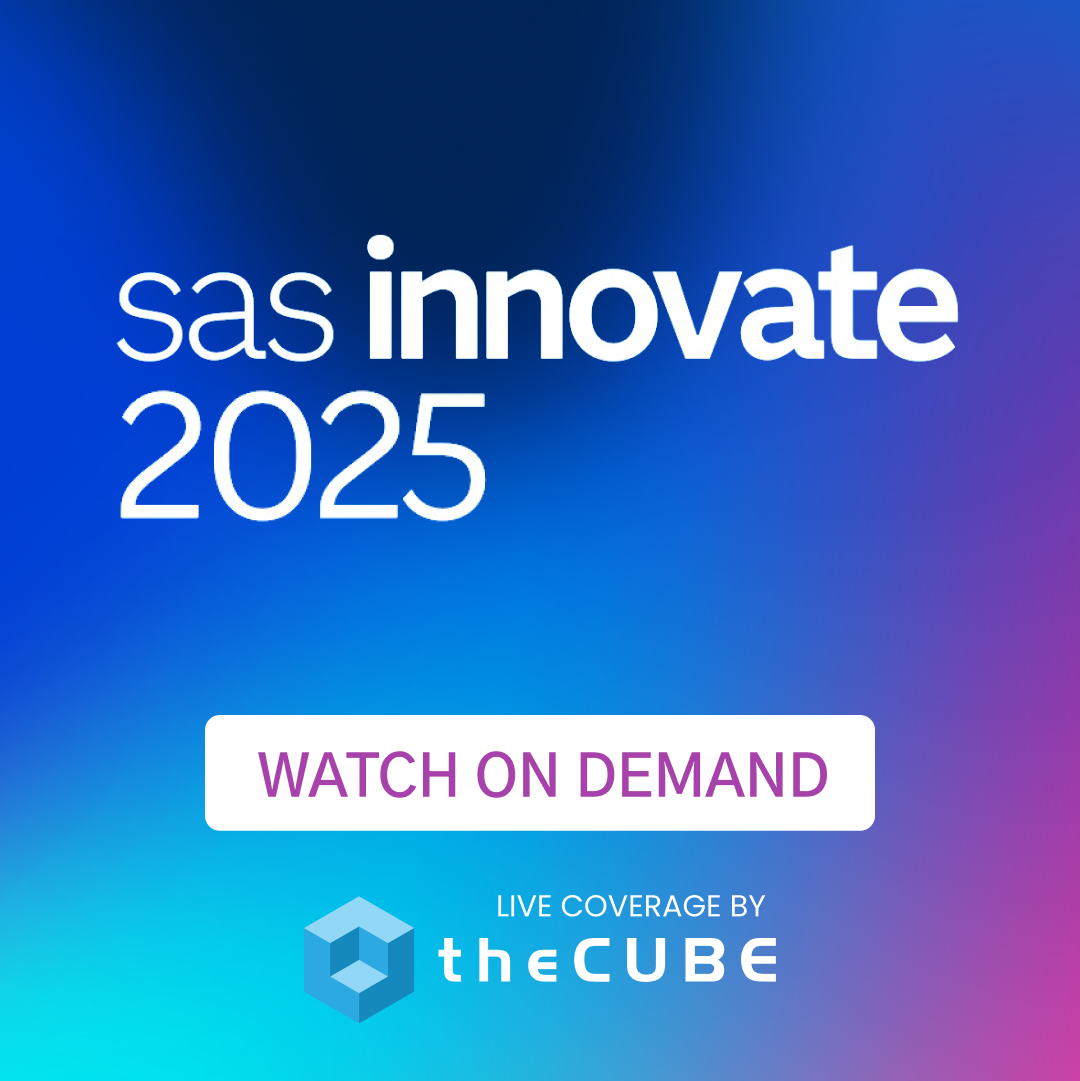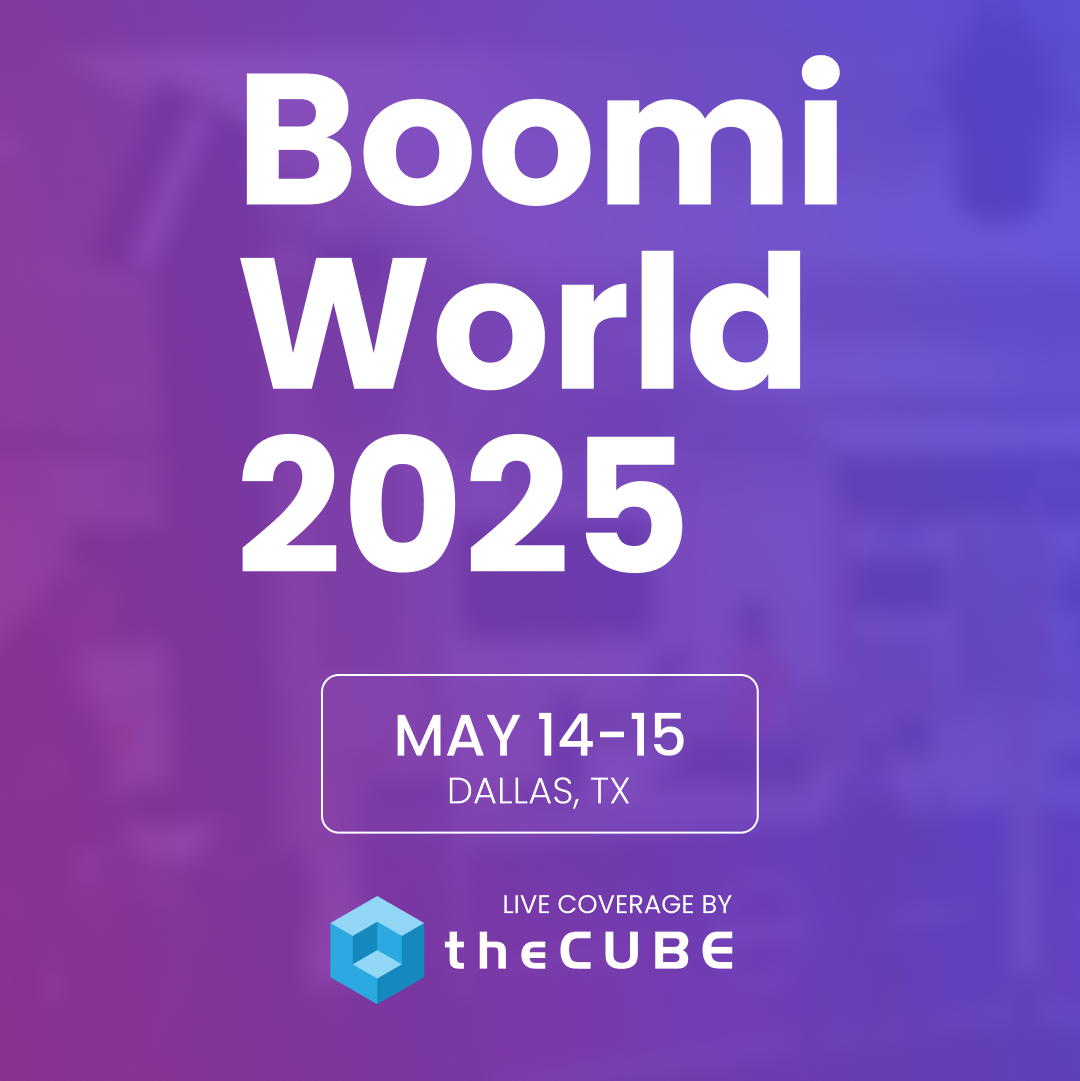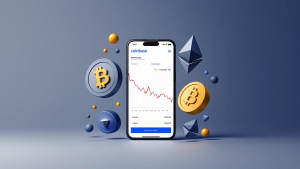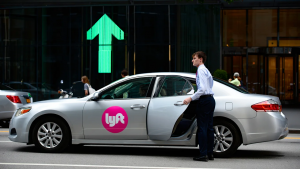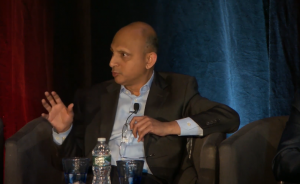Ebola is in Dallas, and the contact trace race is on
Thomas Frieden – Head of CDC
The patient who was quarantined at Texas Health Presbyterian Hospital in Dallas has now tested positive for Ebola, making Dallas, Texas the first city in the nation to have uncontrolled exposure to the deadly virus. It’s now up to the Center of Disease Control disease detectives to prevent this exposure from turning into a full fledged outbreak.
The Contact Trace Race
The key to preventing an outbreak is obvious: quarantine those who are infected, so the virus can’t spread. The amount of time it took for the Texas Ebola patient to be hospitalized demonstrates why that’s easier said than done. According to the CDC press conference, the patient left Liberia on the 19th of September, and arrived in Dallas on the 20th. He first noticed symptoms four days later, on the 24th, and waited until the 26th to seek medical help. On the 28th, he was finally admitted to the hospital. He was contagious and potentially spreading the virus from the 24th to the 28th, at a minimum.
Nausea is an early symptom of an Ebola infection, and depending on how minor or severe it was, the patient may not have been concerned. It’s quite possible that he was contagious the entire eight days, from his arrival in Dallas to his hospitalization. Similarly, anyone who he may have infected could go undetected for between four and eight days. Health officials must perform a contact trace, and locate everybody who came into contact with the infected patient. It truly is a race, because with every contact who turns out to be infected, it begins again. It isnt over until the last infected person is identified, and none of the people who came into contact with him or her develop symptoms.
The CDC has to track down leads, and there’s an overwhelming amount of data they must collect, analyze, and act on. Until recently, they used computer database programs for this task. In 2012, an app was developed that allowed the disease detectives on the ground in Uganda to enter information, and see updates from all the other agents immediately. It also provided daily reports, to guide follow-ups, ensuring that nobody fell through the cracks. These technology tools will be valuable during the contact trace race here in Dallas, but with the stakes as high as they are, what else can be done?
An improved, actionized Big Data model
Google Inc. has at times become aware of flu outbreaks before health officials, because people who develop symptoms often search the web to see what they have before going to the doctor. If there are small geographic areas with many people searching for similar symptoms, that’s a good indication that there’s an outbreak in that area. Couldn’t Google make use of that kind of big data analysis in a similar way?
Suppose someone performed a search for several of Ebola’s symptoms from within the contact radius of the infected patient? Couldn’t Google display a health alert warning, with the phone number of the local CDC office? A phone interview could determine if contact with patient zero was possible. Similar notifications could be provided by social networks, based on posts and locations.
Google has, for the past several years, overestimated the amount of flu cases, predicting as much as 50 percent over the actual amount. It’s far more accurate to wait for reports to come in from doctors. Unfortunately, that approach lags behind by as much as two weeks. For this battle, time is a luxury we can’t afford. America has never faced a disease like this, and it would be wise to pull out all the stops to contain it as quickly as possible.
photo credit: theglobalpanorama via photopin cc
A message from John Furrier, co-founder of SiliconANGLE:
Your vote of support is important to us and it helps us keep the content FREE.
One click below supports our mission to provide free, deep, and relevant content.
Join our community on YouTube
Join the community that includes more than 15,000 #CubeAlumni experts, including Amazon.com CEO Andy Jassy, Dell Technologies founder and CEO Michael Dell, Intel CEO Pat Gelsinger, and many more luminaries and experts.
THANK YOU



